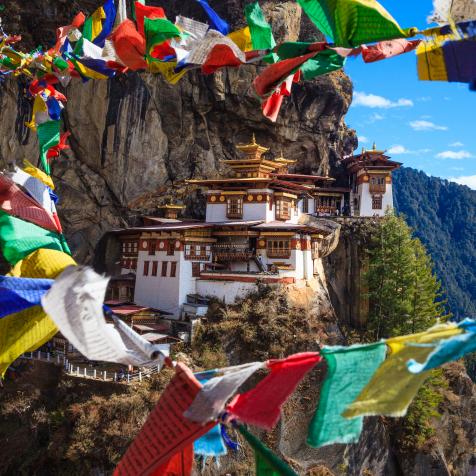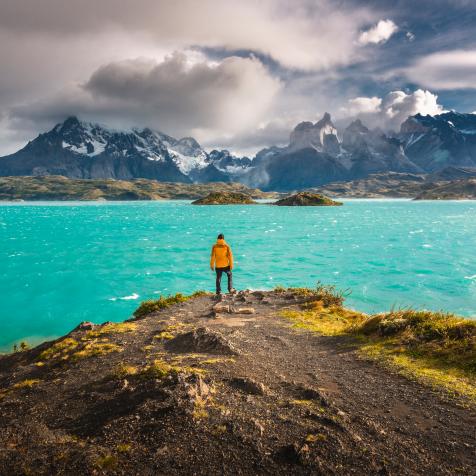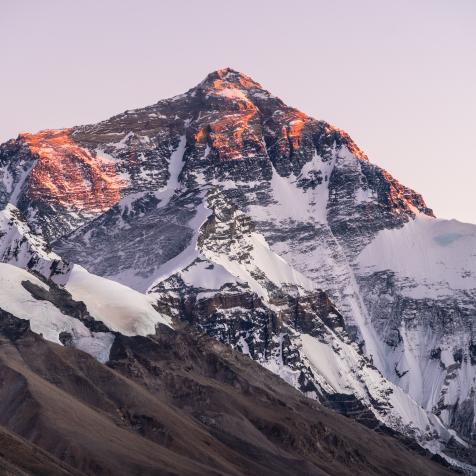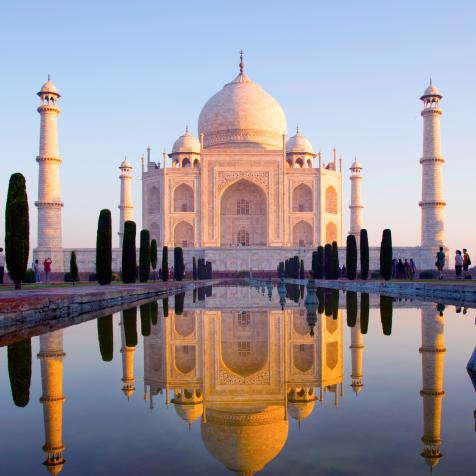
This Mongolian Landmark Is Covered in 1,500 Years of Graffiti
There's no place on Earth like the endless plains of Mongolia. You stand there and look in every direction, seeing only distant mountains, hearing only the howling wind, walking towards nothing but the single landmark on the horizon: a towering stone with an array of yurts spread welcomingly at its feet. As you approach the rock, you start to notice the bright colors, and then the letters. This place has borne witness to more than a millennium of passing people — and many of them left their mark behind.
No Stone Untagged
Look as closely as you want at Taikhar Chuluu (that's Taikhar Rock in English). You probably won't be able to read all of the graffiti unless you've brought some serious linguistic experts with you. The stone is covered top-to-bottom in 150 pieces of writing dating all the way back to the sixth century C.E. when the Turks controlled Mongolia. The earliest writing is in Turkish, but the rock is proof that the history of the country is one of conquest and re-conquest. Passing soldiers, warlords, and politicians have scrawled messages in Tibetan, Chinese, runic scripts, and modern Mongolian.

Wikimedia Commons
Mongolian officials decided to place the rock under historic protection in 1994. Otherwise, there would likely be even more graffiti covering the surface. As it is, the oldest graffiti had to be protected from modern visitors, so it's probably for the best that they shut the practice down in the '90s. Plus, it's not nearly so impressive if you can just take a plane to the country instead of conquering it with your endless sea of horses.
Origin Stories
Simply put, even without the graffiti, Taikhar Chuluu stands out. It looks like somebody took a 66-foot (20-meter) tall rock and jammed it directly into the ground. And there's nothing for miles but flat plains and the nearby Khoid Tamir river, so, seriously, where did this thing come from? Well, there are a couple of answers to that question. How do you feel about giants?
According to the best-known story of the origins of Taikhar Chuluu, where the stone stands now was once an enormous hole in the Earth where an enormous serpent would emerge to terrorize the countryside. And things went on like that (because what are you supposed to do?) until a giant wrestler named Bukhbilegt got tired of the snake's antics. So he grabbed the snake by its scruff, dragged it back to its hole, picked up a stone the size of one-and-a-half Brachiosaurier, and sealed it away for good. Thank goodness.
That's not the only legendary explanation: It might also have been a story of two star-crossed lovers, Tamir and Taikhar. The local lord wished to marry Tamir, and so she ran away to the river instead. Taikhar, besotten with love, took a seat beside the river until he eventually became a stone. Thus, both the river and the rock bear the names of the unfortunate couple.
Of course, you may not be surprised to learn that neither of these explanations are especially satisfying to modern geologists. Fortunately, there's another one that makes a little more sense than a giant snake. That says the stone wasn't plucked from elsewhere and hurled into the ground here; this granite slab has actually been in this exact spot for longer than the plains themselves. Remember the Khoid Tamir river nearby? It's drifted north in recent millennia, but Taikhar Chuluu is likely the last hunk of granite left behind after millions of years of erosion. No petrification necessary.
This article first appeared on Curiosity.com.


















